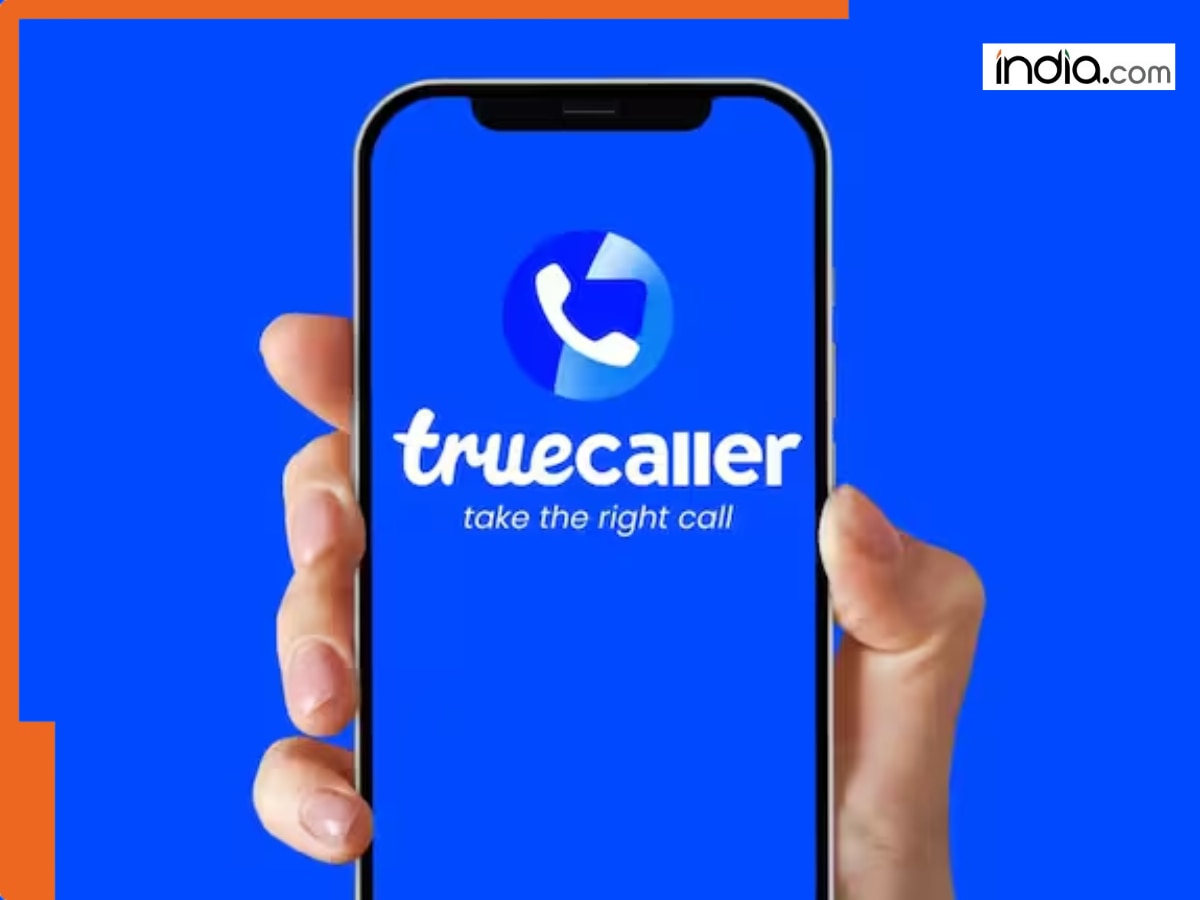New oral GLP-1 drugs could offer more options for weight loss
GLP-1 injections use needles and require refrigeration. Pills that work in a similar way could be a cheaper, simpler solution.

Weight loss drugs are going oral.
Two new medications taken by mouth can help trim body weight in people living with obesity, scientists report in two studies published September 16 and 17 in the New England Journal of Medicine.
Both are types of GLP-1 drugs, a class of medications that has soared in popularity in recent years and includes the brand name drugs Ozempic, Wegovy, Mounjaro and Zepbound. Today, nearly all GLP-1 drugs come in an injectable form; most patients use a needle-tipped pen to deliver the meds under the skin. And they must be refrigerated until use.
Pill forms of the drugs simplify the entire process — from manufacturing to administration, says Sean Wharton, an obesity medicine clinician and researcher at the Wharton Medical Clinic in Ontario. “They’re easy to make, they’re easy to distribute, they’re easy to take,” he says.
Having more options available to patients is a good thing, says Daniel Drucker, an endocrinologist at the University of Toronto whose research paved the way for GLP-1 drugs but who was not involved in the new studies. “I think there’s a huge market for these types of medicines.”
The U.S. Food and Drug Administration approved the first GLP-1 drug for type 2 diabetes in 2005 and another, the first for weight loss, in 2014. New iterations have been rolling out ever since. The medications mimic one or more gut hormones and work to curb cravings and slow digestion, helping control blood sugar levels and appetite. And a growing set of studies suggests they have a constellation of other health benefits, too.
Already, scientists have shown that GLP-1 drugs like semaglutide can lower the risk of heart attack and stroke, reduce signs of kidney and liver disease and treat sleep apnea, among other effects. “It’s got an unprecedented evidence base,” Drucker says. Scientists have also uncovered hints that semaglutide and its relatives could tamp down addiction and even cut the risk of certain cancers.
The FDA approved Rybelsus, an oral version of semaglutide manufactured by the drug company Novo Nordisk, in 2019. But this medication was intended for type 2 diabetes, not weight loss. In one of the new clinical trials, Wharton and other researchers tested a higher-dose version of the drug, 25 milligrams rather than 14 milligrams, which is the highest dose Rybelsus comes in. The trial followed more than 300 participants for up to 64 weeks, and Wharton’s team saw, on average, a nearly 14 percent drop in body weight among people taking the drug.
The other trial tested orforglipron, a different oral GLP-1 made by the pharmaceutical company Eli Lilly. Unlike the large synthetic molecule semaglutide, orforglipron is a small molecule, though both act by mimicking GLP-1. The orforglipron trial followed more than 3,000 participants for up to 72 weeks. People on the highest dose lost an average of about 11 percent of their body weight.
“I was very excited,” Wharton says. The observed weight loss might not be as high as with some of the newer injectable GLP-1 medications, he says, but the oral pills offer “the potential of having an inexpensive, accessible drug.” Both pills must be taken daily, whereas many GLP-1 injections are weekly.
A pill like orforglipron requires no injector pen and no refrigeration and it’s relatively easy to manufacture, Drucker says — all of which should cut costs. “One would hope,” he says, “that some of that reduced expense would be passed on to consumers.” Today, injectable GLP-1 medications can run about $500 per month for patients paying out-of-pocket. It’s too early to know how much the pill will cost or how insurance companies might cover it, a Lilly spokesperson said.
For both pills tested, researchers saw side effects similar to those associated with other GLP-1 drugs: some nausea, vomiting, diarrhea and constipation. Most symptoms tended to fade over time, Wharton says. And the researchers did not observe the liver toxicity that had plagued some earlier small molecule GLP-1 drugs.
In April, the pharmaceutical company Pfizer announced it would stop developing danuglipron, making it the second medication the company has discontinued because of potentially dangerous liver side effects. Those drugs have different molecular structures than orforglipron, Wharton says, which could explain why orforglipron didn’t cause the same trouble.
“Thankfully, it looks very safe,” Drucker says, but scientists still need to do longer-term studies in larger groups of people. It could take five to ten years before doctors have a thorough understanding of the drug’s risks and benefits, he says.
Wharton hopes both oral drugs will be available to consumers by 2026, though that depends how quickly they move through the FDA’s approval process. For Wharton, having these pills as treatment options is a matter of accessibility. Right now, many people, especially those from marginalized populations, can’t access GLP-1 medications, for financial or other reasons.
The new pills could make it easier to get the meds into the hands of people who need them, he says. “This has a chance to be able to close that disparity gap just a little bit.”
What's Your Reaction?





















































